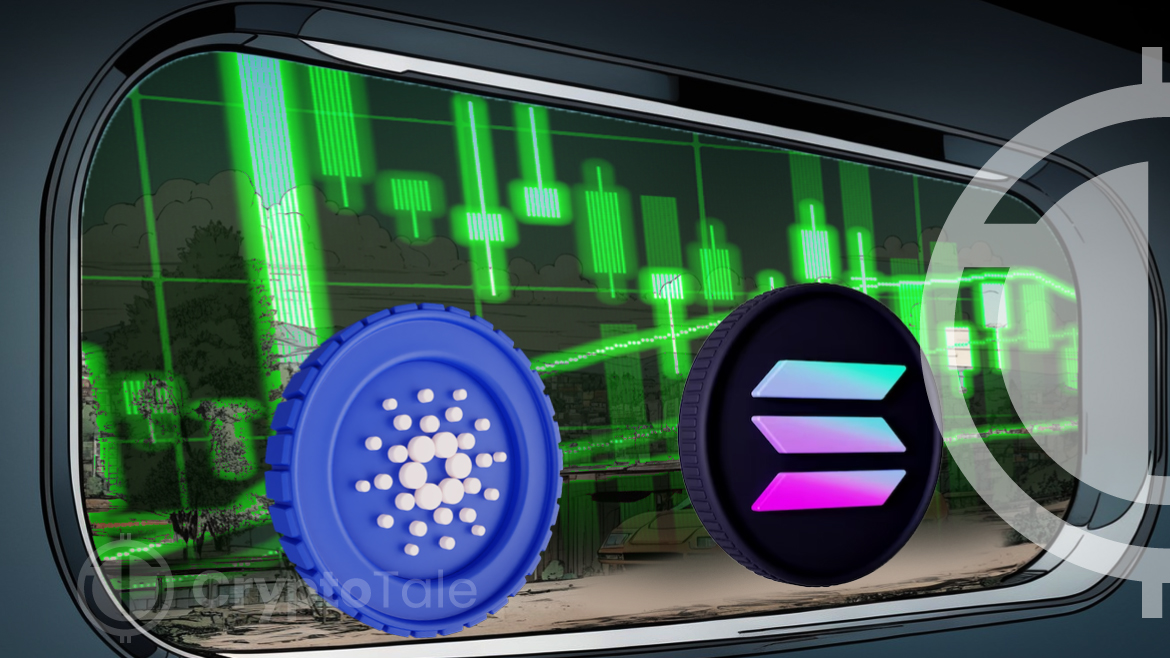- Justin Bons advocates for Cardano and other layer-1 blockchains to adopt Solana’s successful strategies, urging the embrace of bot activity and low fees.
- Cardano (ADA) faces a potential inflection point as it interacts with the 50-day EMA, signaling a bearish short-term outlook.
- Justin Bons suggests ADA could mirror Solana’s success by lowering fees and attracting more bots, viewing high bot activity as a metric for network utility.
In a recent development, renowned cryptocurrency analyst Justin Bons has recently sparked a vibrant discussion in the crypto community by suggesting that Cardano (ADA) and other alternative layer-1 blockchains should take a page from Solana’s playbook. In a recent X post, Bons challenged the prevailing norms in the industry, advocating for embracing aspects like bot activity and low fees that have contributed to Solana’s success.
In the highly competitive landscape of blockchain platforms, where each strives to offer unique advantages, Bons contended that platforms like Cardano should integrate and welcome these characteristics. Instead of critiquing Solana for its bot activity and low fees facilitating arbitrage, he argued for embracing such aspects as contributors to success.
Bons argued that high bot activity is a sign of usage, and blockchain economics should prioritize transaction fees rather than scrutinizing the nature of transactions. Drawing parallels with the stock market, Bons asserted that bot activity, like in traditional markets, has proven beneficial and should be considered a positive aspect of blockchains.
A closer look at the Cardano chart revealed a potential turning point, with ADA currently interacting with the 50-day EMA, a crucial indicator for determining the immediate trend direction. The recent dip below this level hints at a bearish short-term outlook. However, the key to a potential price reversal lies in ADA’s response to this technical level, with pivotal support at $0.4240 that could serve as a foundation for a turnaround, provided ADA’s next moves are decisive.
Bons’ vision for Cardano to emulate Solana’s success involves lowering fees and potentially attracting more bots, which he considers a metric for gauging network utility. This perspective, however, is not without its critics, with some expressing concerns about associating high bot activity with network congestion and security risks, citing past exploits within the Solana ecosystem.
The intriguing aspect of Bons’ stance lies in his shifting position on Solana, transitioning from a critical viewpoint to a supportive one. Regardless of the raised eyebrows, Bons stands firm, emphasizing that his position is grounded in truth, irrespective of its popularity.
The analyst firmly believes that blockchain networks should not discriminate against different activities as long as they contribute positively to network utility and economics. As Cardano stands at a crossroads, the industry watches closely to see if this unconventional advice would shape its path to success.






